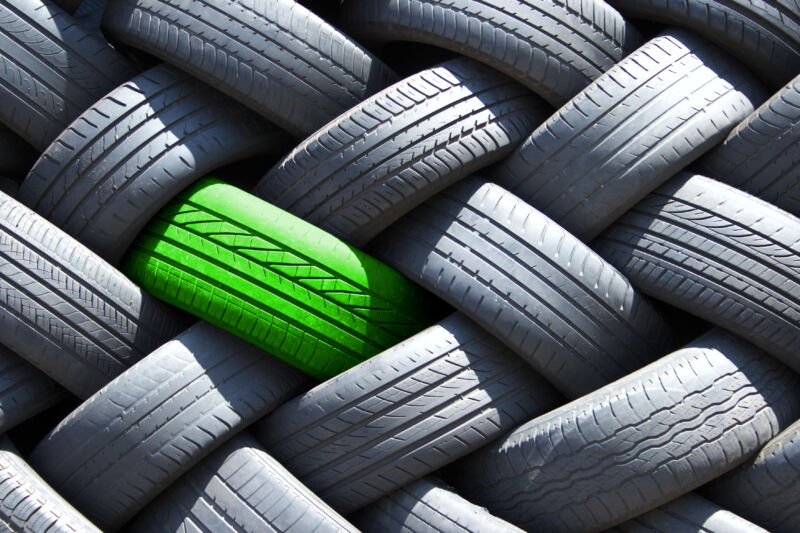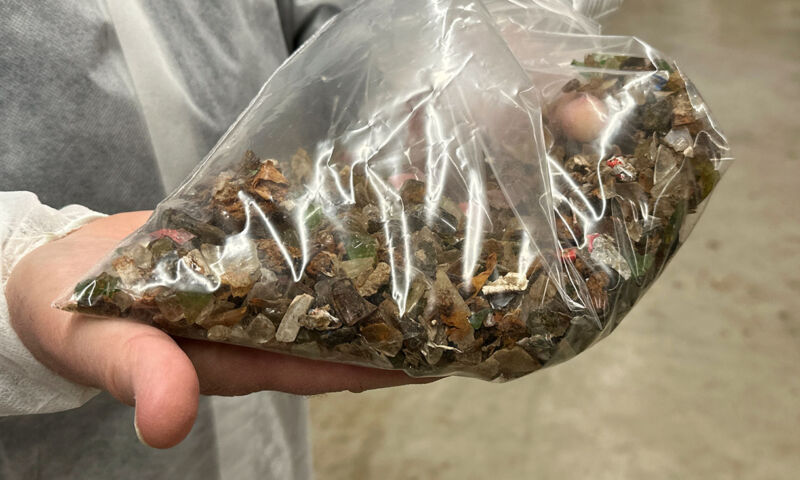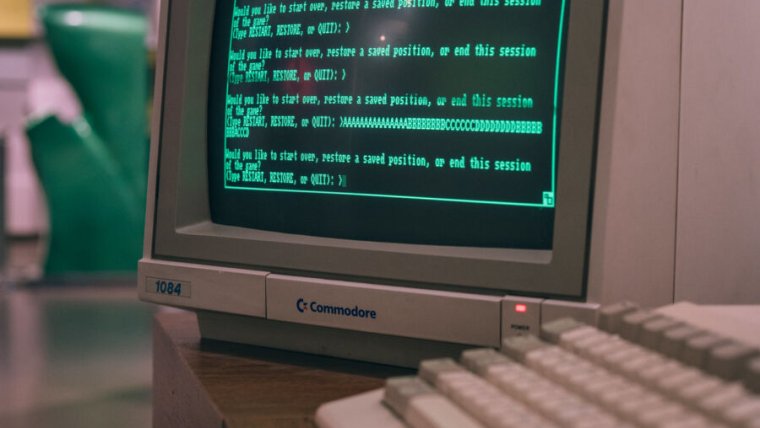Here’s how Michelin plans to make its tires more renewable

Enlarge / Tires are a growing source of microplastic pollution. Michelin says it wants to change that. (credit: Getty Images)
Reduce, Reuse, Recycle—it's more than just a fun alliteration tagline. It's also a set of instructions for how to consume in a way that's less destructive to our environment. We reduce our consumption and reuse what we already have, then recycle it once it no longer has any use. Unfortunately, many are going straight to recycling and calling it a day.
At its sustainability summit in Northern California at the Sonoma Raceway, Michelin laid out a new roadmap for its plans to become a more sustainable company. Most importantly, the company shared what it's been doing for decades to reduce the harm done to the world by its tires.
The company reiterated its desire to have 100 percent renewable tires by 2050. Companies make a lot of pronouncements like this, and they only sometimes come to fruition. But looking at Michelin's present efforts and past record, the company has a decent chance of succeeding.


